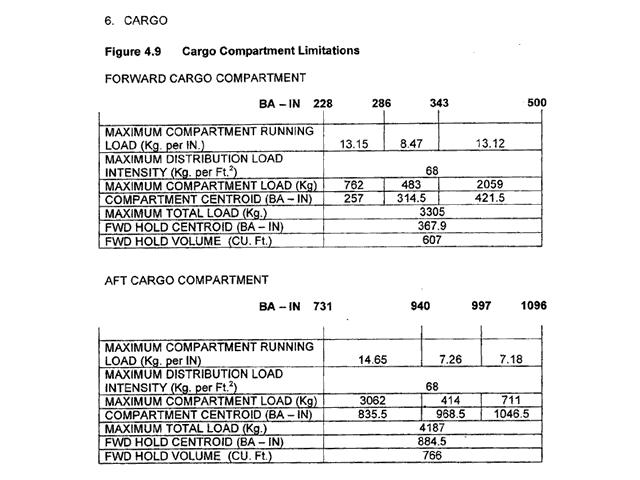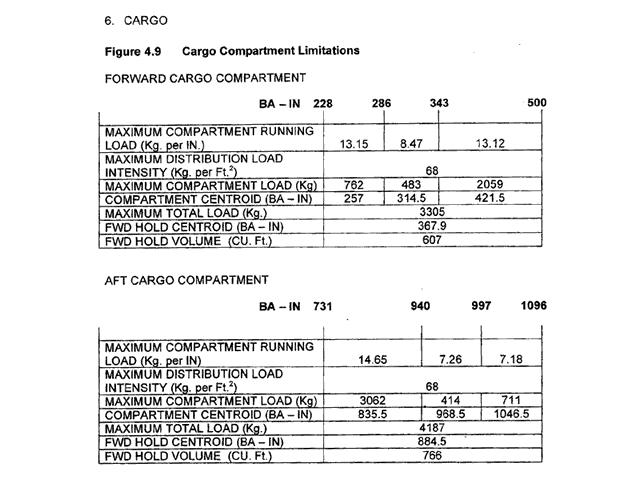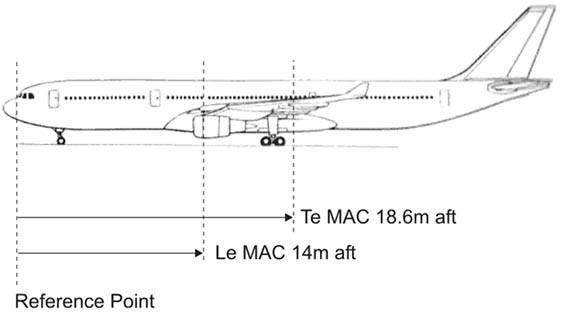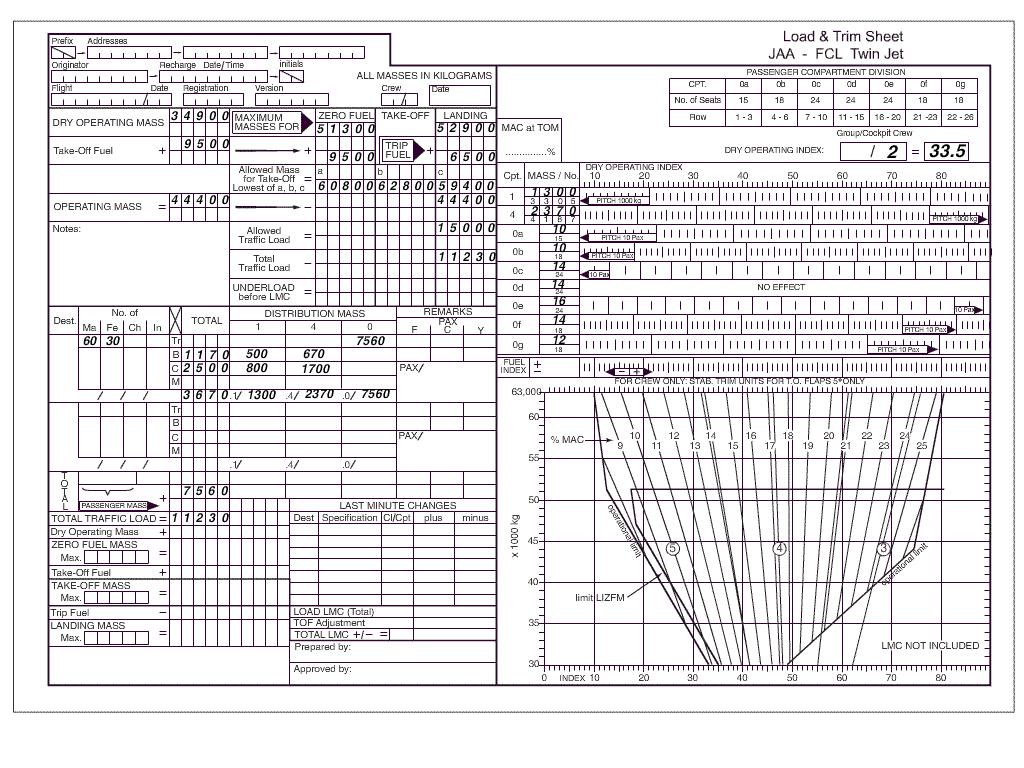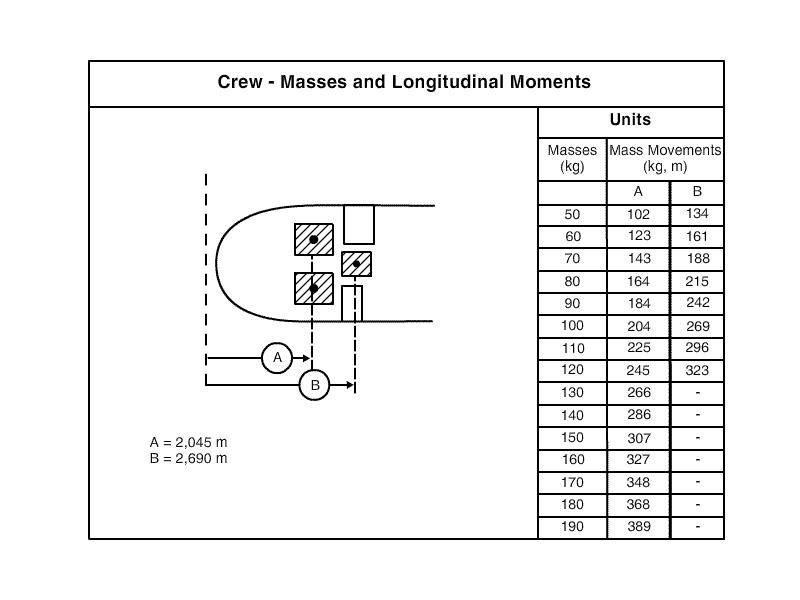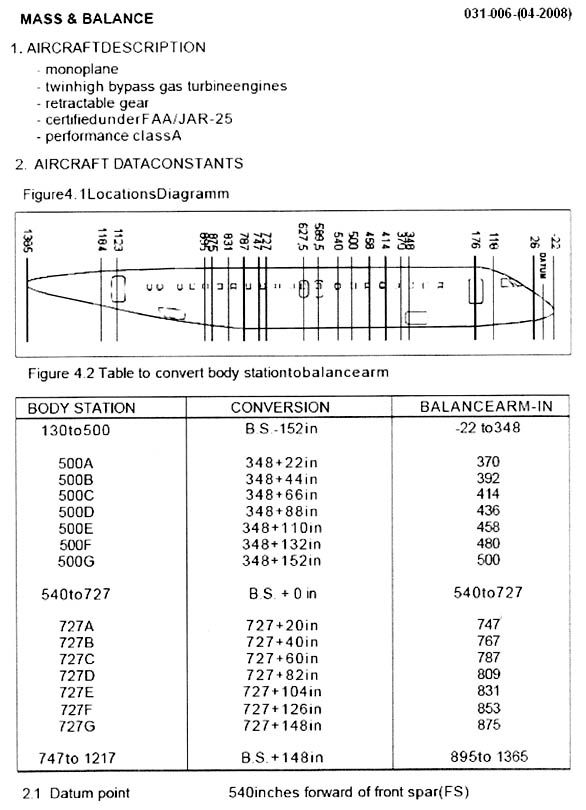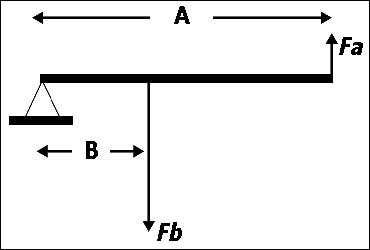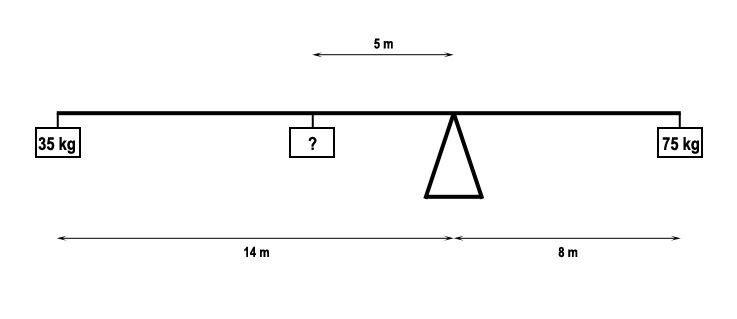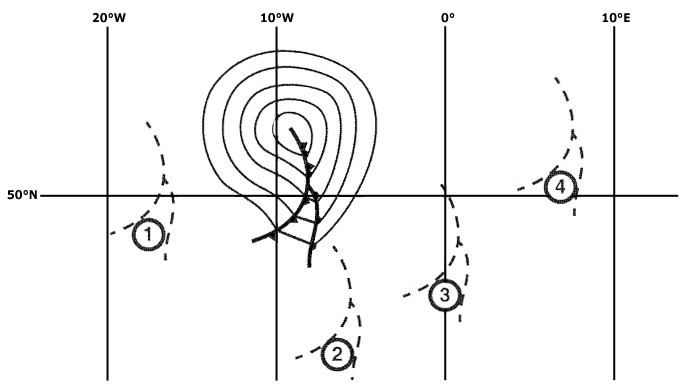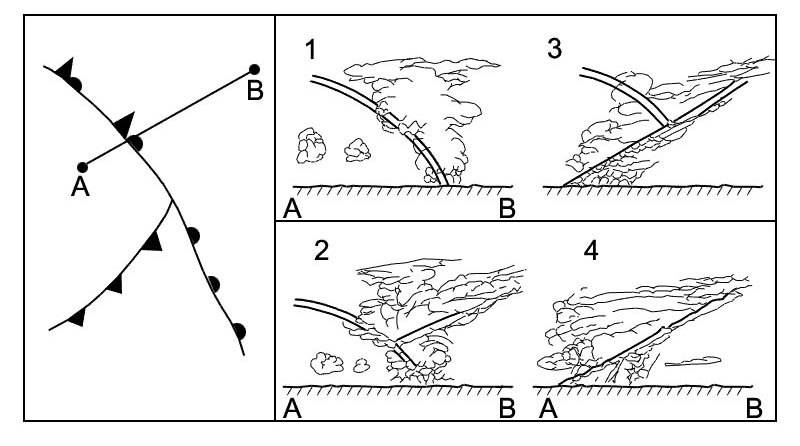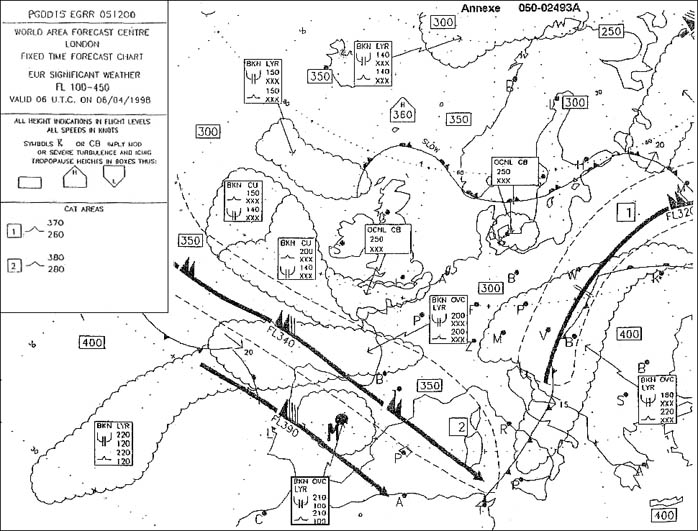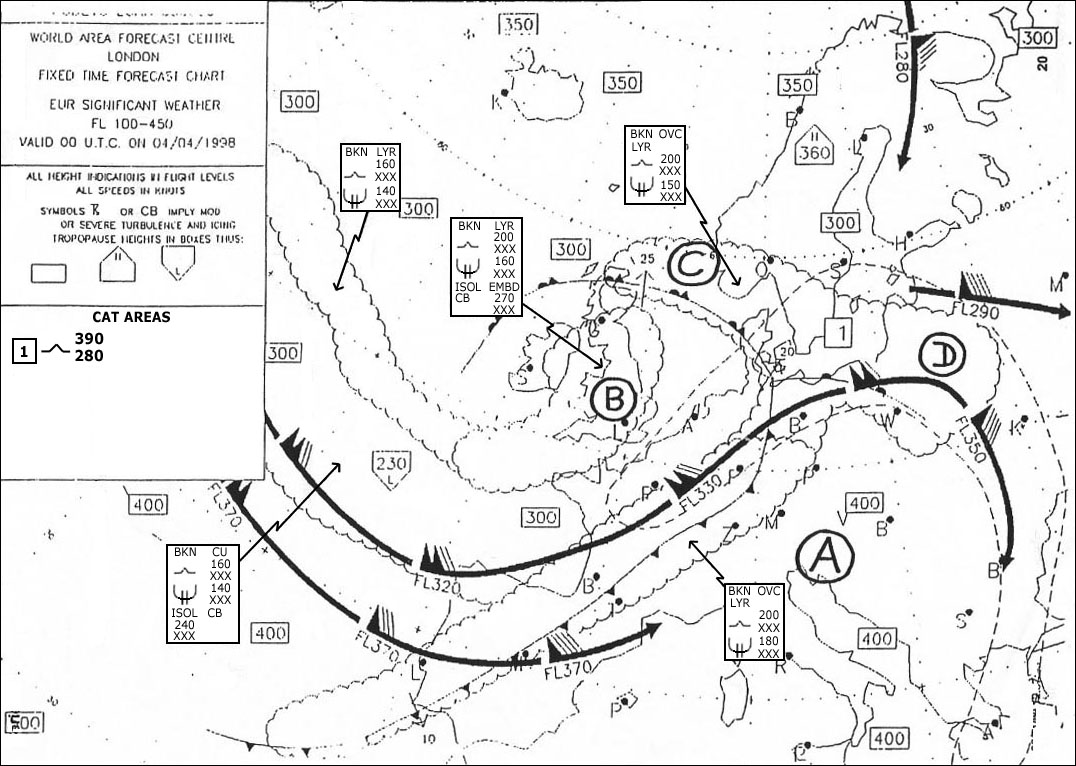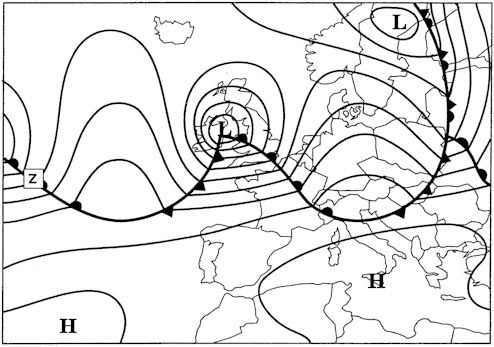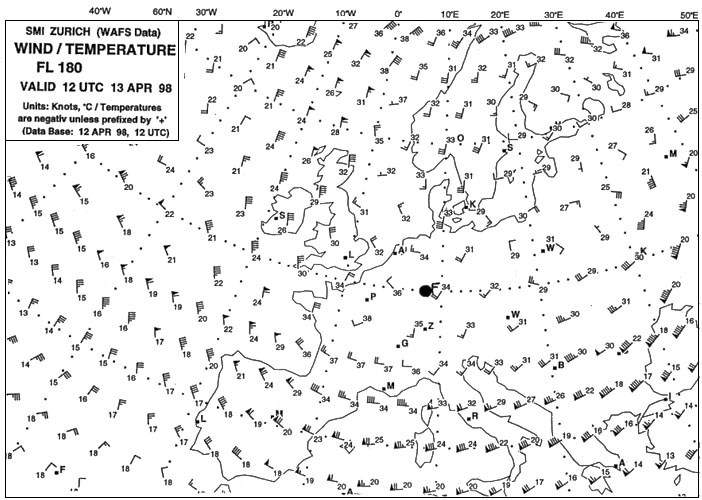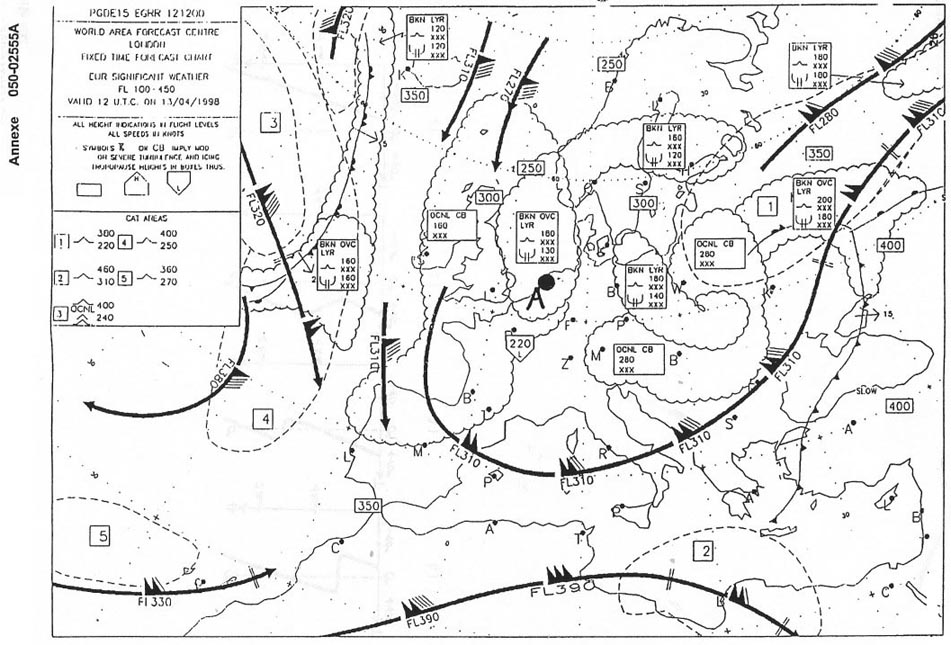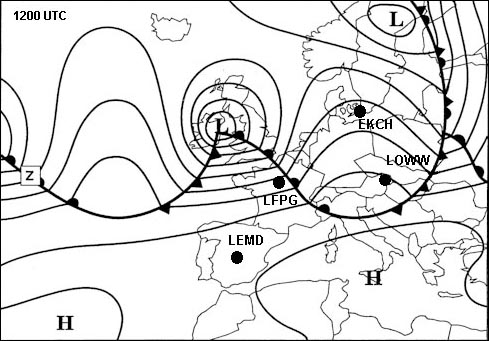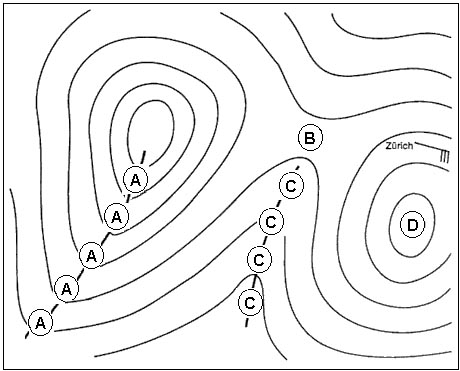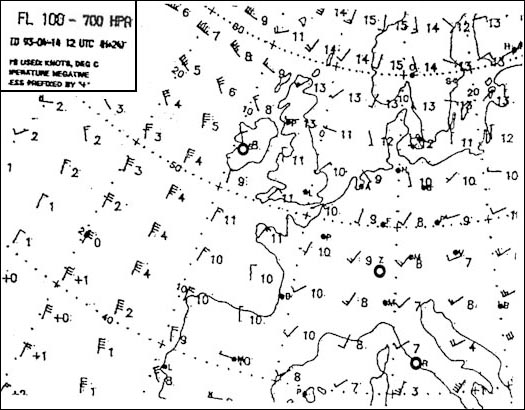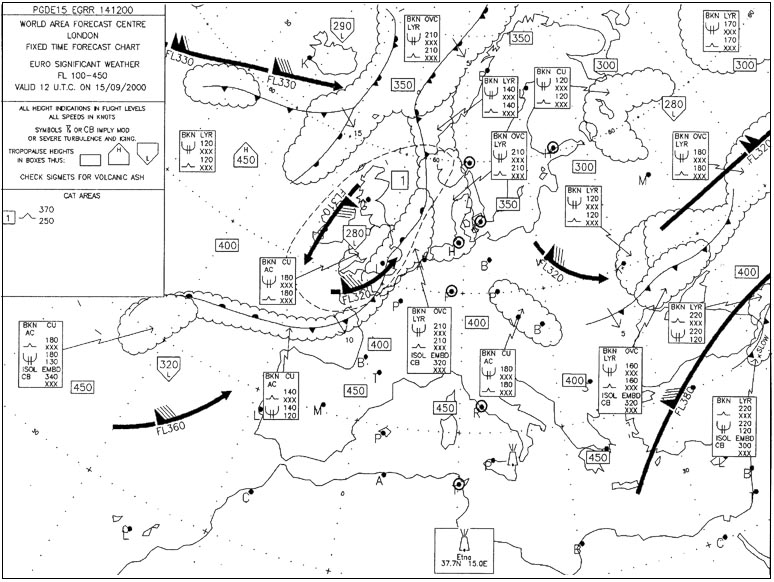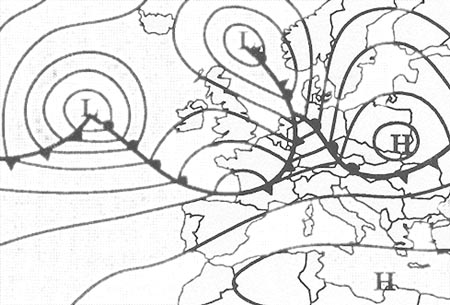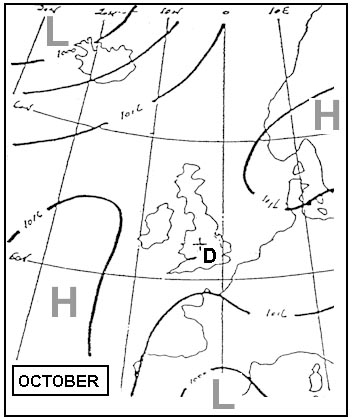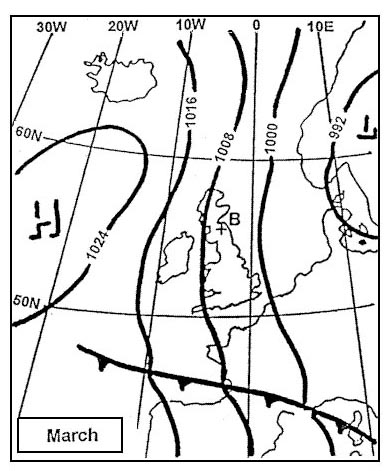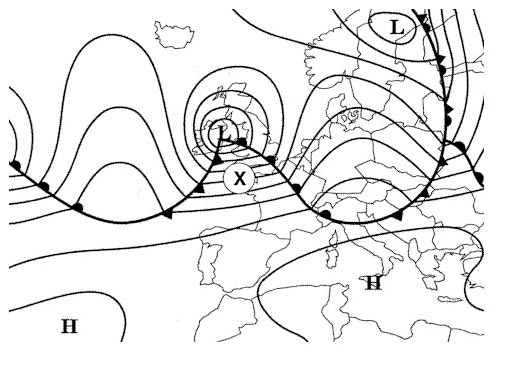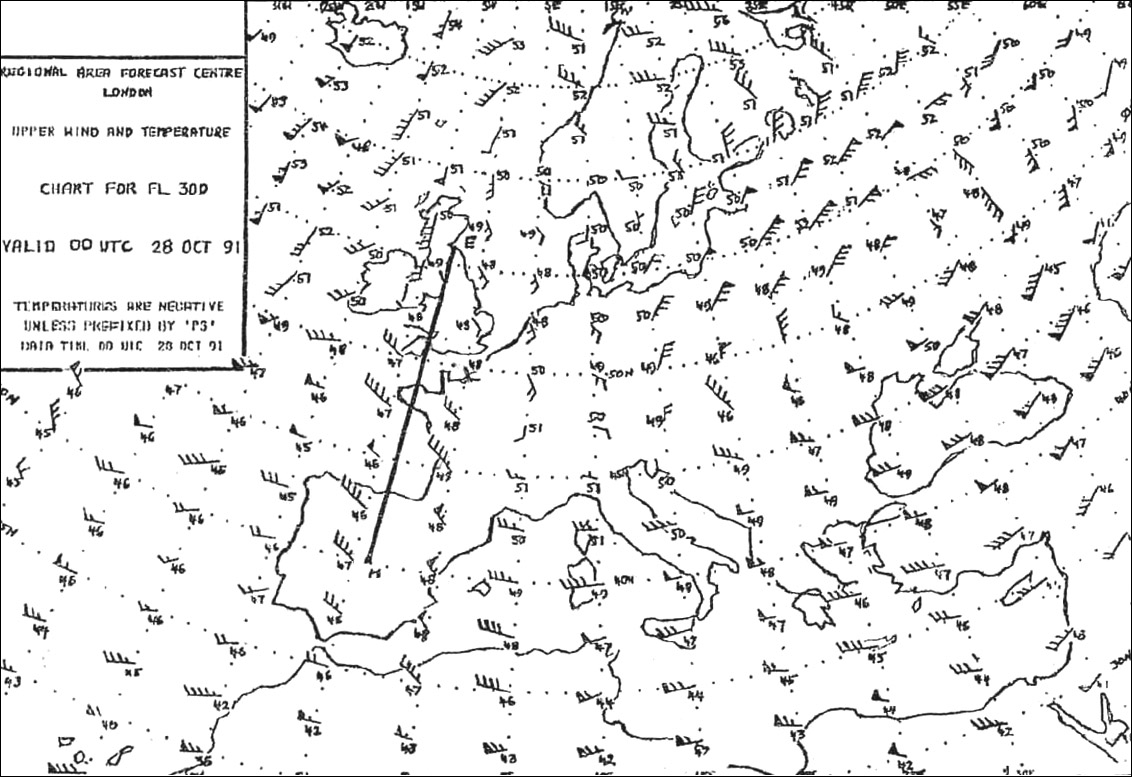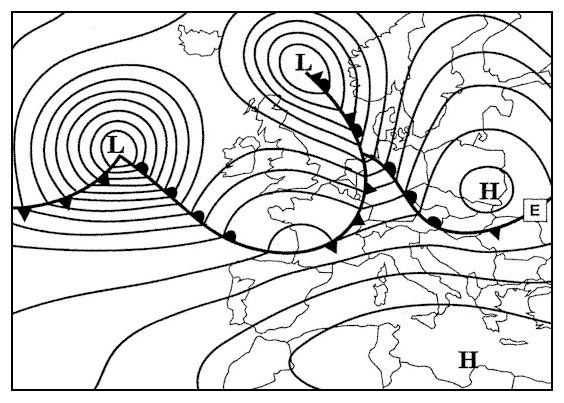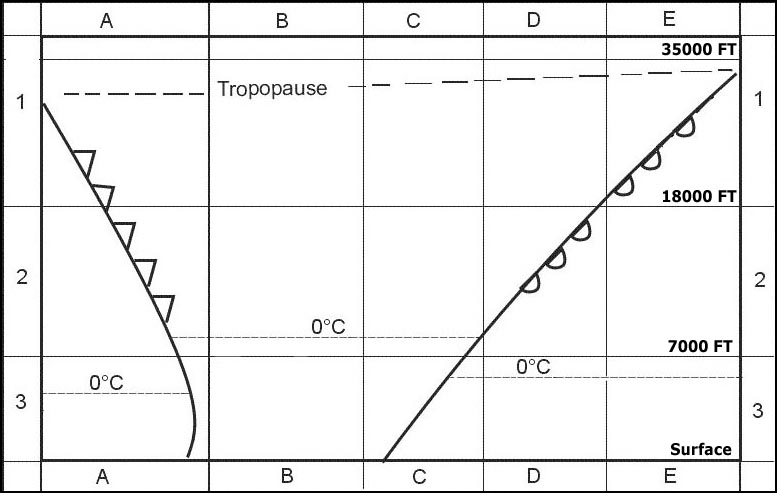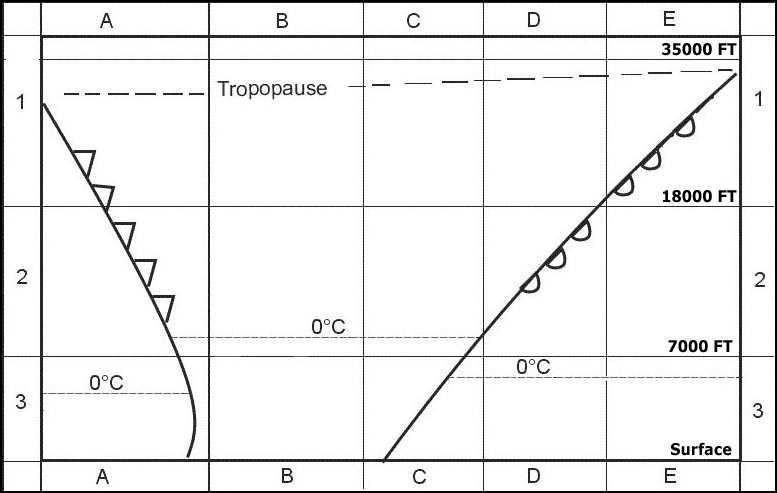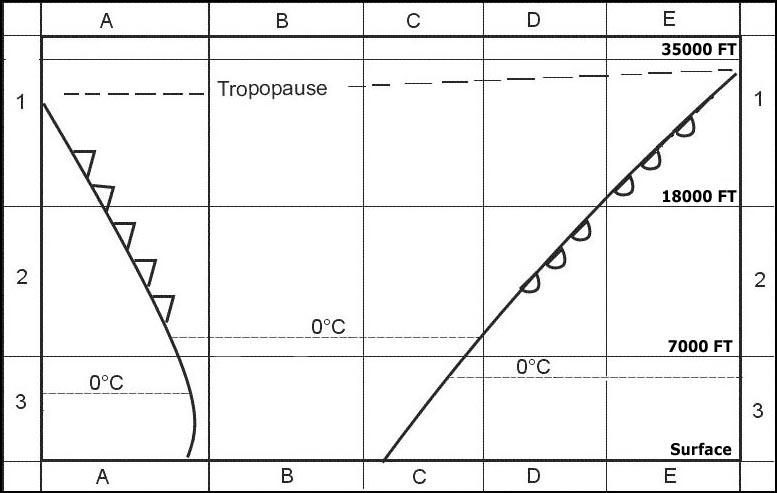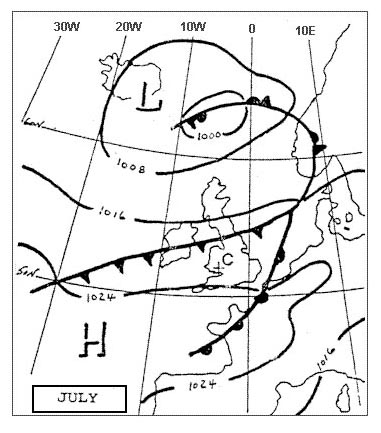Sign up to unlock all our services and 15164 corrected and explained questions.
Question 107-1 : At reference or see flight planning manual sep 1 figure 2.4.given.aeroplane mass at start up 3663 lbs.aviation gasoline density 6 lbs/gal fuel load 74 gal.take off altitude sea level.headwind 40 kt.cruising altitude 8000 ft.power setting full throttle 2300 rpm 20°c lean of peak egt.. ? [ Exam pilot ]
633 nm.
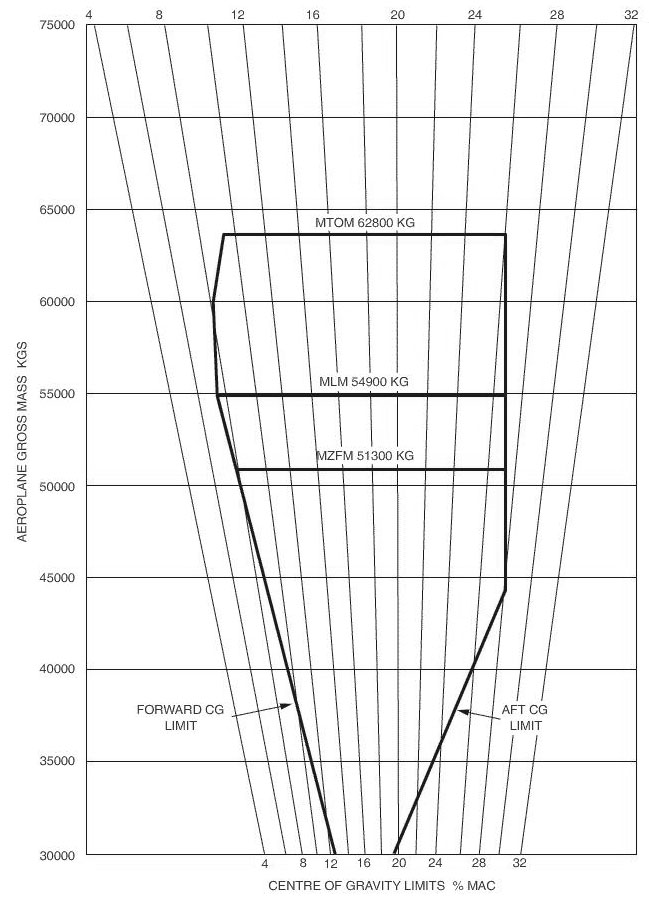
Question 107-2 : In the vicinity of paris 49°n 003°e the tropopause is at about .. err a 033 352 ?
Fl380.
Question 107-3 : Given.distance from departure to destination 1860 nm.gs out 360 kt.gs home 400 kt.what is the time of the pet from the departure point ?
Question 107-4 : Given.distance from departure to destination 3000 nm.safe endurance 8 h.tas 520 kt.ground speed out 600 kt.ground speed home 440 kt.what is the time of the psr from the departure point ?
Question 107-5 : At reference or see flight planning manual mrjt 1 figure 4.3.1c...for a flight of 2800 ground nautical miles the following apply.tail wind component 45 kt.temperature isa 10°c.cruise altitude 29000ft.landing mass 55000kg.the a trip fuel b trip time respectively are .. err a 033 371 ?
Question 107-6 : Given.distance from departure to destination 150 nm.safe endurance 2.4 h.true track 250°.w/v 280/15.tas 120 kt.what is the distance of the psr from the departure point ?
142 nm.
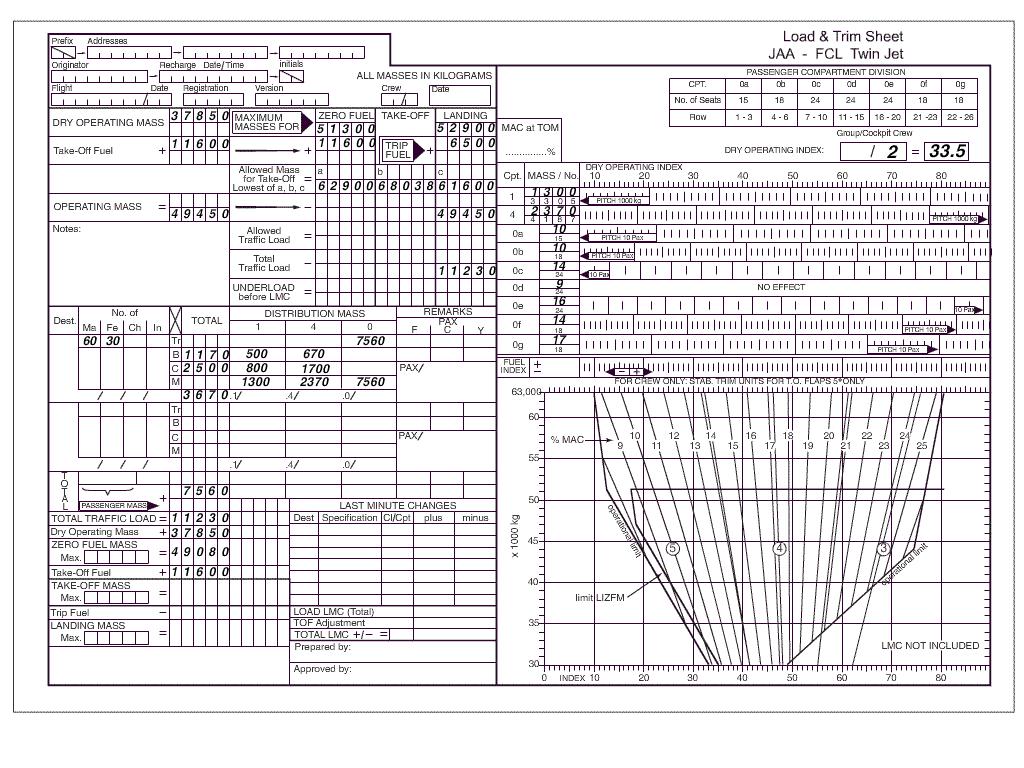
Question 107-7 : At reference or see flight planning manual mrjt 1 figure 4.3.1c..for a flight of 2400 ground nautical miles the following apply.tail wind component 25 kt.temperature isa 10°c.cruise altitude 31000 ft.landing mass 52000 kg.the a trip fuel and b trip time respectively are .. err a 033 380 ?
Question 107-8 : Which best describes the maximum intensity of cat, if any, forecast for fl330 over benghazi 32°n 020°e .. err a 033 382 ?
Question 107-9 : At reference or see flight planning manual mep 1 figure 3.2.a flight is to be made in a multi engine piston aeroplane mep..the cruising level will be 11000 ft..the outside air temperature at fl is 15°c..the usable fuel is 123 us gallons..the power is set to economic cruise.. ?
Question 107-10 : Given.distance from departure to destination 180 nm.safe endurance 2,8 h.true track 065.w/v 245/25.tas 100 kt.what is the distance of the psr from the departure point ?
131 nm
Question 107-11 : Given.distance from departure to destination 500 nm.gs out 95 kt.gs home 125 kt.what is the distance of the pet from the departure point ?
Question 107-12 : Which best describes the weather, if any, at lyon/st exupery at 1330 utc .. err a 033 391 ?
Question 107-13 : Given.distance x to y 2700 nm.mach number 0.75.temperature 45°c.mean wind component 'on' 10 kt tailwind.mean wind component 'back' 35 kt tailwind.the distance from x to the point of equal time pet between x and y is ?
1386 nm.
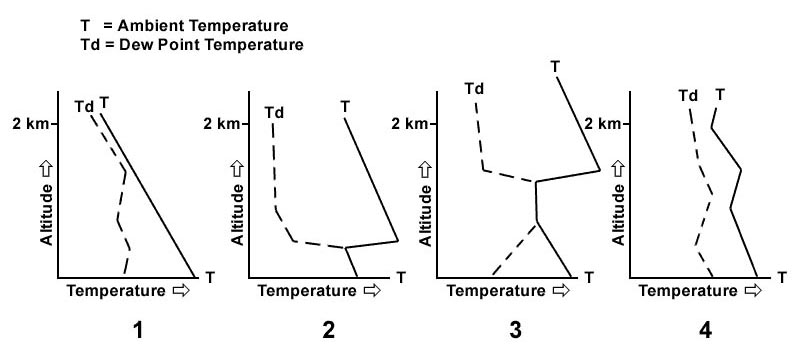
Question 107-14 : At reference or see flight planning manual mep1 figure 3.6..a flight is to be made to an airport, pressure altitude 3000 ft, in a multi engine piston aireroplane mep1..the forecast oat for the airport is 1° c..the cruising level will be fl 110, where oat is 10° c.. ?
Question 107-15 : Given.distance from departure to destination 2800 nm.true track 140.w/v 140/100.tas 500 kt.what is the distance and time of the pet from the departure point ?
Distance 1680 nm time 252 min
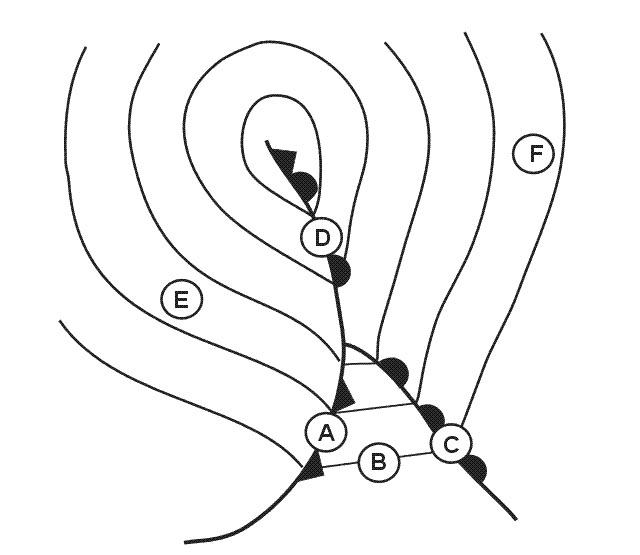
Question 107-16 : Route manual chart nap..the initial magnetic course from c 62°n020°w to b 58°n004°e is.. err a 033 410 ?
Question 107-17 : Find the time to the point of safe return psr. given.maximum useable fuel 15000 kg.minimum reserve fuel 3500 kg.tas out 425 kt.head wind component out 30 kt.tas return 430 kt.tailwind component return 20 kt.average fuel flow 2150 kg/h ?
2 h 51 min
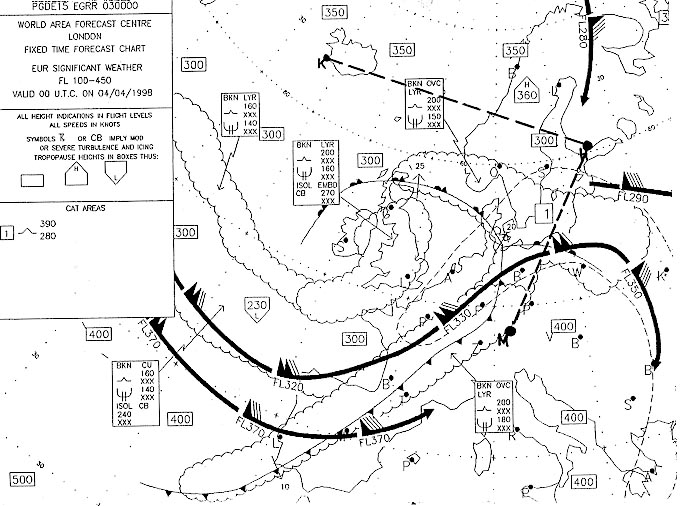
Question 107-18 : At reference or see flight planning manual mrjt 1 figure 4.1. find the optimum altitude for the twin jet aeroplane..given.cruise mass=54000 kg.long range cruise or.74 mach... err a 033 416 ?
Question 107-19 : Given.distance from departure to destination 3750 nm.safe endurance 9,5 h.true track 360.w/v 360/50.tas 480 kt.what is the distance of the psr from the departure point ?
Question 107-20 : Which best describes be maximum intensity of icing, if any, at fl150 in the vicinity of bucharest 45°n 026°e .. err a 033 430 ?
Question 107-21 : Given.distance from departure to destination 210 nm.safe endurance 3,5 h.true track 310.w/v 270/30.tas 120 kt.what is the distance of the psr from the departure point ?
Question 107-22 : What maximum surface windspeed kt is forecast for bordeaux/merignac at 1600 utc .. err a 033 434 ?
Question 107-23 : Which best describes the significant cloud forecast over toulouse 44°n001°e .. err a 033 435 ?
Question 107-24 : At reference or see flight planning manual mrjt 1 figure 4.4..holding planning..ngm= nam x tas+ wind/ tas.the fuel required for 45 minutes holding, in a racetrack pattern, at 5000 ft pressure altitude and a weight of 47000 kg, is .. err a 033 437 ?
Question 107-25 : The wind °/kt at 50°n 015°w is.. err a 033 438 ?
Question 107-26 : At reference or see flight planning manual mrjt 1 figure 4.3.6. in order to get alternate fuel and time, the twin jet aeroplane operations manual graph shall be entered with.. err a 033 443 ?
Question 107-27 : Given.distance from departure to destination 320 nm.safe endurance 4,3 h.true track 120°.wind 180°/40 kt.tas 130 kt.what is the distance of the psr from the departure point ?
263 nm.
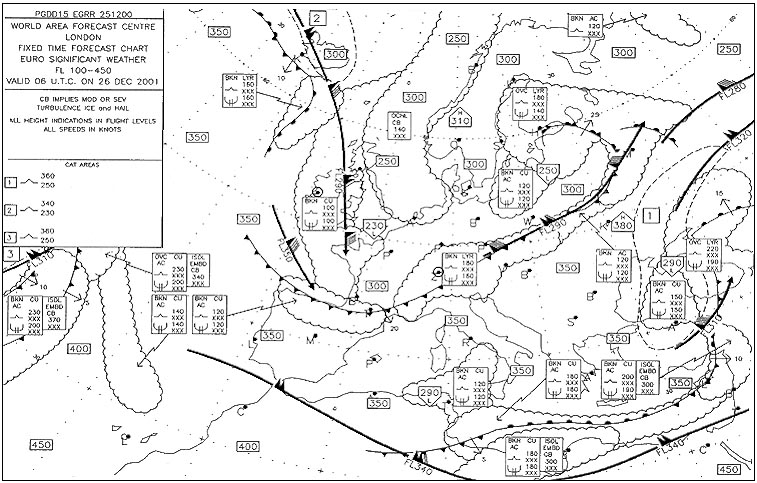
Question 107-28 : The flight crew of a turbojet aeroplane prepares a flight using the following data. flight leg distance 3 500 nm. flight level fl 310, true airspeed 450 kt. headwind component at this level 5 kt. initially planned take off mass without extra fuel on board 180 000 kg. fuel price 0. ?
Question 107-29 : At reference or see flight planning manual mrjt 1 figure 4.3.5..the following apply. tail wind component 10 kt.temperature isa +10°c.brake release mass 63000 kg.trip fuel available 20000 kg.what is the maximum possible trip distance .. err a 033 447 ?
Question 107-30 : Cas is 190 kt and altitude 9000 ft.temperature isa 10°c.true course 350°.wind 320/40.distance from departure to destination is 350 nm.endurance 3 hours and actual time of departure is 1105 utc...the distance from departure to point of equal time pet ?
203 nm.
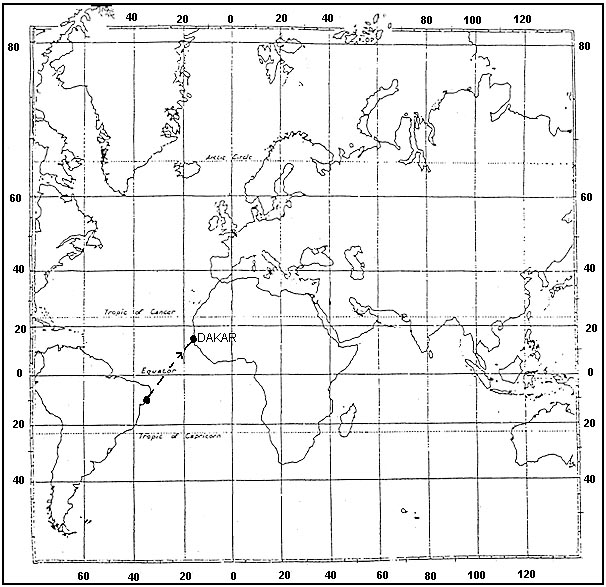
Question 107-31 : Which best describes the significant cloud, if any, forecast for the area southwest of bodo 67°n 014°e .. err a 033 450 ?
Question 107-32 : Given.distance from departure to destination 190 nm.safe endurance 2.4 h.true track 120°.wind 030°/40 kt.tas 130 kt.what is the distance of the psr from the departure point ?
148 nm.
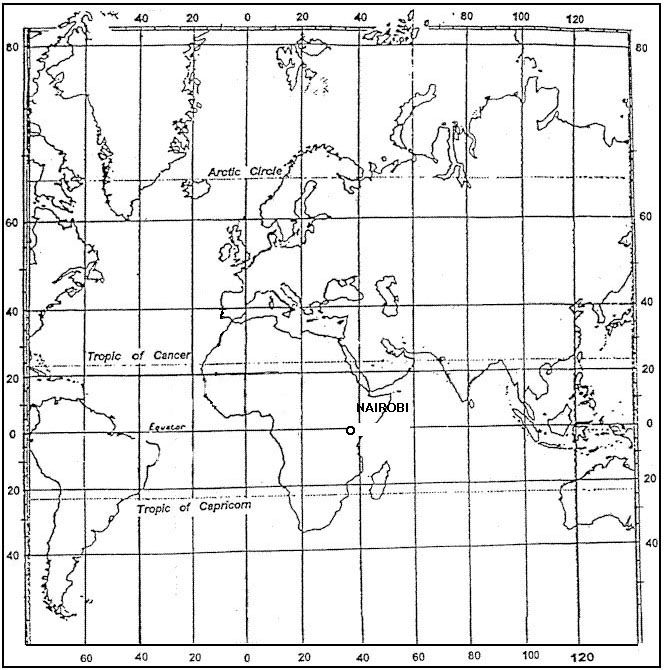
Question 107-33 : At reference or see flight planning manual mrjt 1 figure 4.2.find the short distance cruise altitude for the twin jet aeroplane..given.brake release mass 40000 kg.temperature isa + 20°c.trip distance 150 nautical air miles nam.. err a 033 458 ?
Question 107-34 : Given.distance from departure to destination 350 nm.true track 320.w/v 350/30.tas 130 kt.what is the distance and time of the pet from the departure point ?
Question 107-35 : Given.distance from departure to destination 240 nm.safe endurance 3,5 h.tas 125 kt.ground speed out 110 kt.ground speed home 140 kt.what is the distance and time of the psr from the departure point ?
Distance 216 nm time 118 min
Question 107-36 : Route manual chart nap.the average magnetic course from a 64°n006°e to c 62°n020°w is.. err a 033 464 ?
Question 107-37 : Given.distance from departure to destination 165 nm.true track 055.w/v 360/20.tas 105 kt.what is the distance of the pet from the departure point ?
Question 107-38 : Given.distance from departure to destination 140 nm.gs out 90 kt.gs home 80 kt.what is the distance of the pet from the departure point ?
Question 107-39 : Given.distance from departure to destination 6340 nm.safe endurance 15 h.true track 090. w/v 270/100.tas 520 kt.what is the distance of the psr from the departure point ?
Question 107-40 : Route manual chart nap..the distance nm from a 64°n006°e to c 62°n020°w is.. err a 033 483 ?
720 nm.
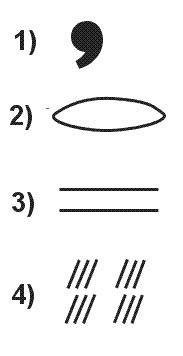
~
Exclusive rights reserved. Reproduction prohibited under penalty of prosecution.
4239 Free Training Exam

